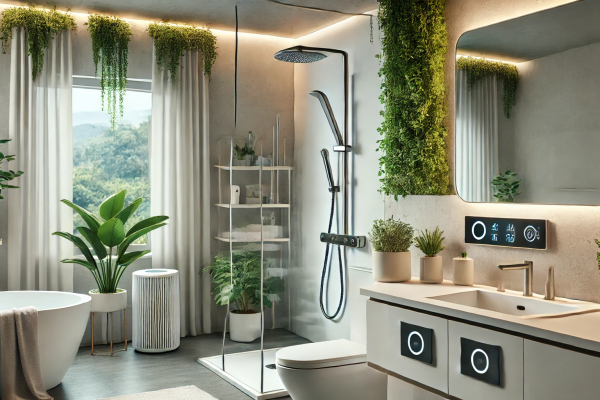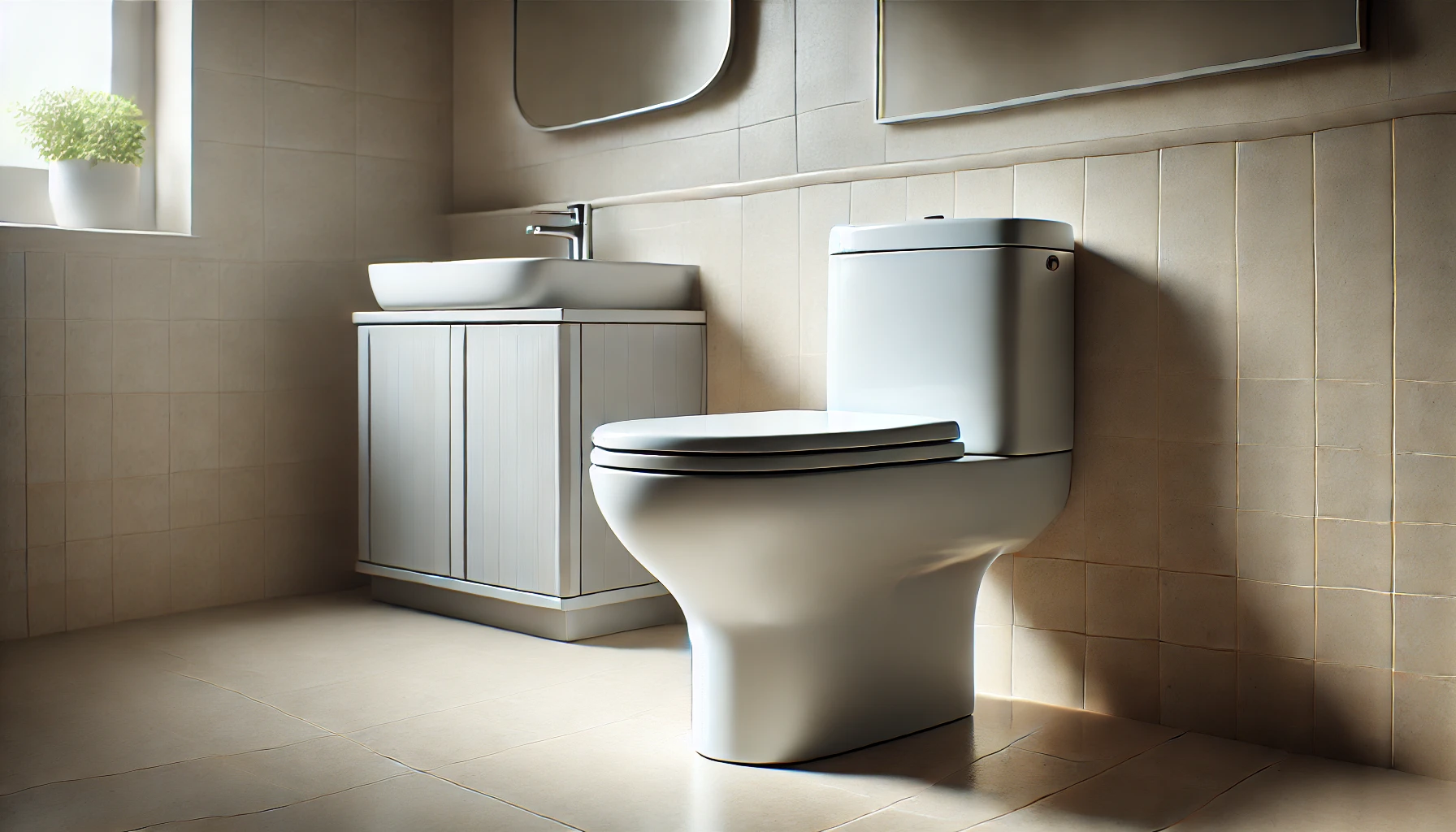
How to Save Water All Over Your Home: Simple Steps for Big Savings
Water is one of our most valuable resources, and with rising utility costs and ongoing drought concerns, it's essential to use it wisely. Whether you're looking to reduce your environmental footprint or lower your monthly bills, there are simple and effective ways to save water in every area of your home. The bathroom, kitchen, and garden are the three places where you can make the most significant impact.
Let’s explore practical, easy-to-implement changes that can help you save water, reduce waste, and contribute to a more sustainable lifestyle.
In the Bathroom: Simple Changes for Big Water Savings
The bathroom is where much of our water usage happens. From showers to toilets, it’s easy to waste gallons every day. Here’s how you can make a noticeable difference:
Be a Faucet Hawk: Conserve Water by Turning Off the Tap
One of the simplest ways to save water in the bathroom is to turn off the faucet when it's not needed. This means turning off the water while brushing your teeth, shaving, or washing your face. It's easy to forget, but even a few seconds here and there add up to significant water savings.
Tip for Texas homeowners: The Texas drought can make even small conservation efforts feel impactful. By turning off the water during your daily routine, you'll save gallons every month.
Go Low-Flow: Upgrade to a Low-Flow Showerhead
Older showerheads can use up to 5 gallons of water per minute. With a low-flow showerhead, you can cut that down to as little as 1.5 gallons per minute, all while still enjoying a satisfying shower. This small change is a simple DIY fix and can make a huge difference.
Pro Tip: Install a low-flow faucet in your bathroom sink as well. This can significantly reduce your water usage without sacrificing comfort.
Shower Over Bathing: Save Water with Quick Showers
Did you know that filling a bathtub can use up to 30 gallons of water? That’s almost double what you’d use in a 10-minute shower with a standard showerhead. By swapping bath time for quick showers, you’re saving both water and time.
Tip for Texans: Long, hot baths may be appealing, but they are not water-efficient. Opt for a shower instead, especially if you’re conserving water during a drought.
Test for Leaks: Don’t Let Your Toilet Waste Water
A leaking toilet can waste up to 200 gallons of water per day without you even knowing it! To check for leaks, add a few drops of food coloring to the tank, wait an hour, and see if the color shows up in the bowl. If it does, it’s time to replace the flapper.
DIY Tip: Fixing leaks is a straightforward task, and it's an easy way to save water and avoid higher bills.
In the Kitchen: Water Conservation in the Heart of Your Home
The kitchen can be a water-hogging zone, especially if you're washing dishes by hand or using old appliances. Let’s explore some smart, water-saving kitchen habits:
Use Your Dishwasher Efficiently
Surprisingly, using your dishwasher can be more water-efficient than hand-washing dishes, especially if you wait until the dishwasher is full before running it. Most modern dishwashers are designed to use less water, so you'll save water while also getting a cleaner load of dishes.
Tip for saving even more: Consider upgrading to a water-smart dishwasher. Look for models that are both energy and water-efficient.
Skip the Garbage Disposal: Use the Trash or Compost Instead
Garbage disposals use a lot of water to flush waste away, and they can clog your pipes over time. Instead, dispose of food waste in the trash or compost it to save water and reduce strain on your plumbing system.
Eco Tip: Composting not only saves water but also reduces landfill waste and enriches your garden’s soil.
Install a Low-Flow Kitchen Faucet
Just like the bathroom, your kitchen faucet can be upgraded to a low-flow version. This simple change can cut your water usage while cooking and washing dishes without sacrificing water pressure.
In the Garden: Make Your Yard More Water-Efficient
Your garden may require a lot of water, especially in the summer months, but there are several ways to reduce your water usage without sacrificing your plants' health:
Reuse Water: Repurpose Water for Your Plants
You don’t need a fancy irrigation system to water your garden efficiently. Simply save water used for rinsing vegetables, boiling pasta, or even the water from your shower. Place a bucket under your showerhead to collect the water, then pour it onto your plants.
Tip for Texans: Use a rain barrel to collect water from your downspout. This is especially useful during rainy seasons, as it helps conserve water during the dry months.
Xeriscaping: Choose Drought-Tolerant Plants
If you're in Texas, you know how challenging it can be to keep plants watered during the hot summer months. Xeriscaping is an excellent way to make your garden more water-efficient. This technique uses drought-tolerant plants that require less frequent watering.
Texas Tip: Native plants like Texas bluebonnets or yucca require minimal water and are perfect for xeriscaping.
Mulch and Ground Cover: Lock in Moisture
Mulching around your plants helps retain moisture and reduces the need for frequent watering. Use organic mulch like straw or wood chips to protect the soil and keep it cool. Ground cover plants can also help lock in moisture and reduce evaporation.
Final Thoughts: Small Changes for Big Savings
Saving water is more than just an eco-friendly decision—it’s a smart move for your wallet, too. Whether you're in Texas, facing water restrictions, or just looking to cut down on your water bill, these simple tips can help you reduce your water consumption and lower your utility costs.
Take action today and start saving water in every area of your home. Whether it’s upgrading to a low-flow showerhead, fixing leaks, or rethinking your gardening routine, the effort you put in now will pay off for years to come.






